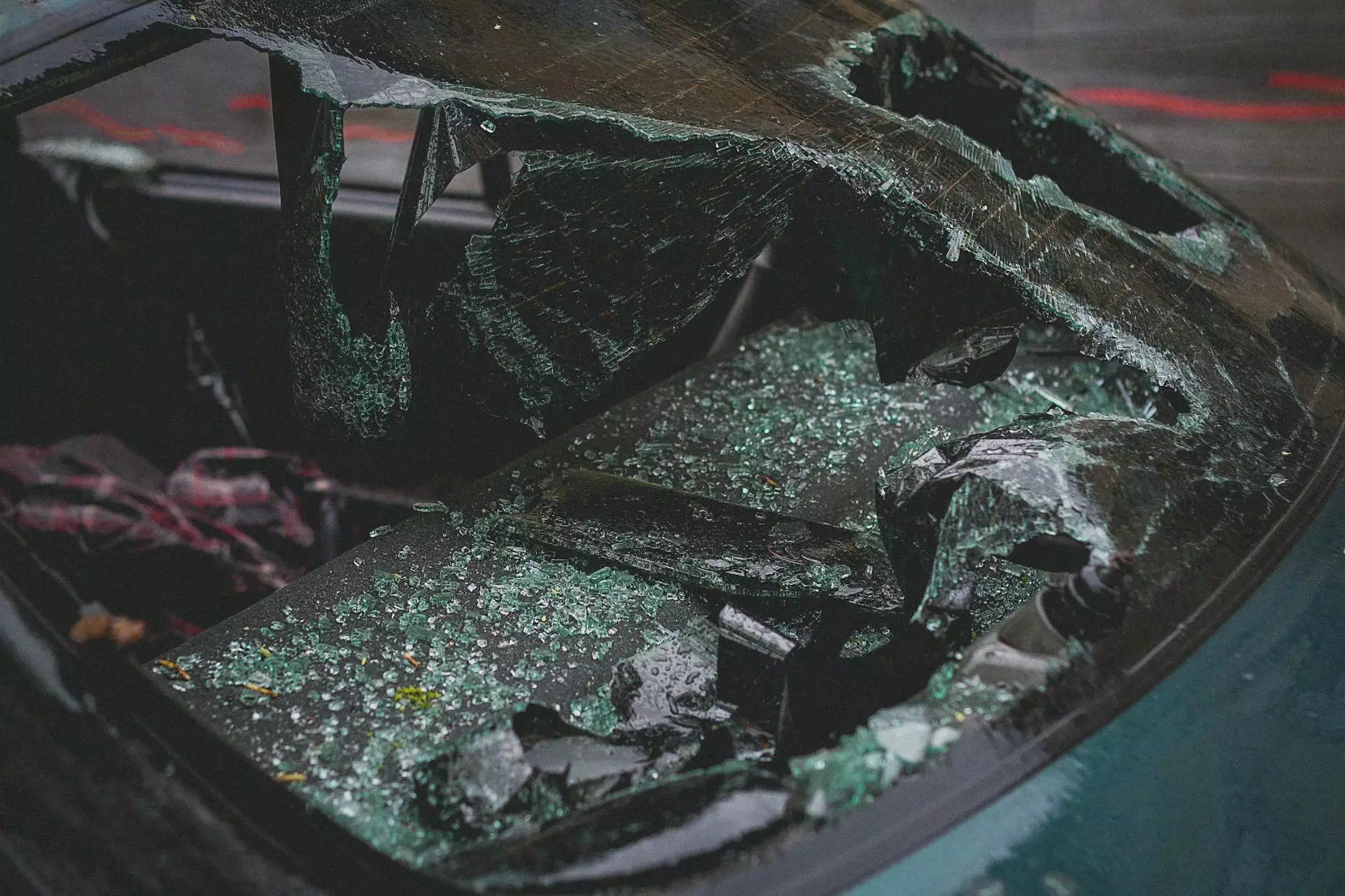What is Scar Tissue and What Does it Have to do With ...
Health
Understanding the Role of Scar Tissue in Whiplash Injuries
When it comes to whiplash injuries, understanding the role of scar tissue is crucial for a comprehensive recovery. Whiplash occurs as a result of abrupt forward and backward movement of the neck, commonly experienced during car accidents or contact sports. The forceful motion stretches and damages the soft tissues in the neck, leading to the formation of scar tissue.
Scar tissue is the body's natural response to injury. It is composed of fibrous connective tissue that replaces the normal tissue during the healing process. While scar tissue is essential for closing wounds and promoting initial healing, it can also create complications if not managed properly.
The Impact of Scar Tissue on the Healing Process
Scar tissue differs from healthy tissue in its composition and functionality. Unlike normal tissue, scar tissue lacks the flexibility and strength required for optimal function. Therefore, it can lead to a range of symptoms and difficulties, especially when it forms in the neck area after a whiplash injury.
One of the main challenges with scar tissue is its tendency to restrict movement and mobility. When scar tissue forms around the neck muscles, tendons, and ligaments, it can result in stiffness, reduced range of motion, and ongoing pain. These limitations can significantly impact your daily activities and overall quality of life.
How Scar Tissue Affects Your Recovery
Scar tissue in the neck can have a profound impact on your recovery from a whiplash injury. It is important to understand the potential complications associated with scar tissue formation to seek the appropriate treatment and achieve optimal healing.
1. Delayed Healing
Scar tissue can impede the healing process by hindering blood circulation and preventing the formation of new, healthy tissue. This can result in delayed healing, further extending the recovery time for whiplash injuries.
2. Chronic Pain
In some cases, scar tissue may lead to chronic pain. The formation of fibrous tissue around the injured area can create persistent discomfort, even after the initial injury has healed. Managing scar tissue effectively is key to reducing the risk of chronic pain development.
3. Reduced Strength and Functionality
Scar tissue is structurally weaker than the original tissue it replaces. This weakness can result in reduced strength and functionality of the affected area. In the context of a whiplash injury, it can hinder your ability to perform daily tasks or participate in physical activities.
4. Increased Risk of Future Injury
Scar tissue alters the normal biomechanics of the affected area, making it more susceptible to future injuries. By addressing scar tissue formation and promoting thorough healing, you can minimize the risk of re-injury.
Expert Advice and Treatment for Scar Tissue
If you're experiencing symptoms related to scar tissue formation after a whiplash injury, seeking expert advice and treatment is crucial. At Kelley Tim PA-C, we specialize in comprehensive care for whiplash injuries, including the management of scar tissue.
Our team of dedicated professionals will assess your condition, develop a personalized treatment plan, and utilize advanced techniques to address scar tissue formation. Through manual therapies, targeted exercises, and other innovative approaches, we aim to improve your mobility, alleviate pain, and promote optimal healing.
Contact Kelley Tim PA-C for Scar Tissue Management
Don't let scar tissue hinder your recovery from a whiplash injury. Contact Kelley Tim PA-C today to schedule a consultation and explore the available treatment options. Our experienced team is committed to helping you regain your quality of life and achieve a full recovery.










